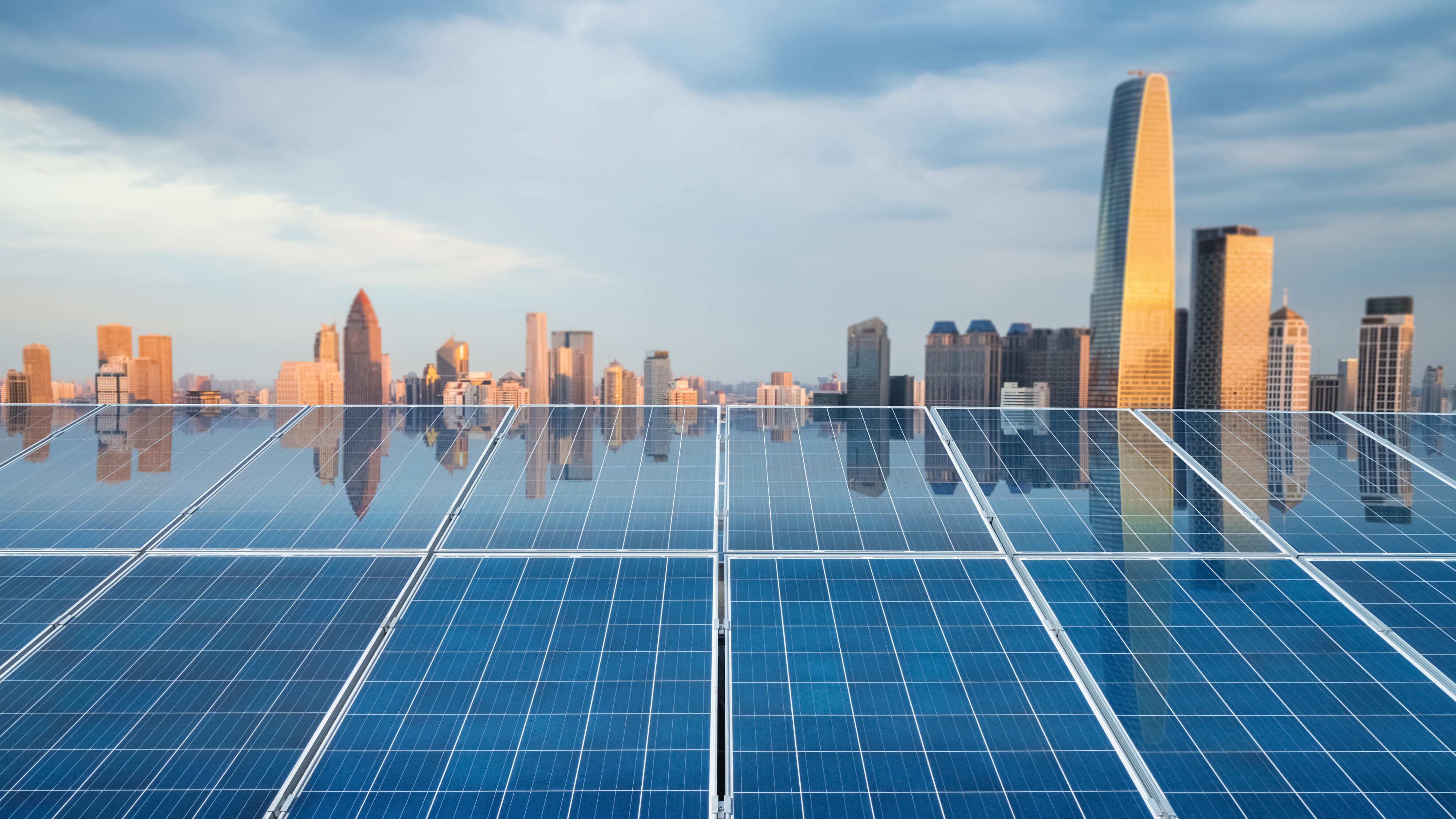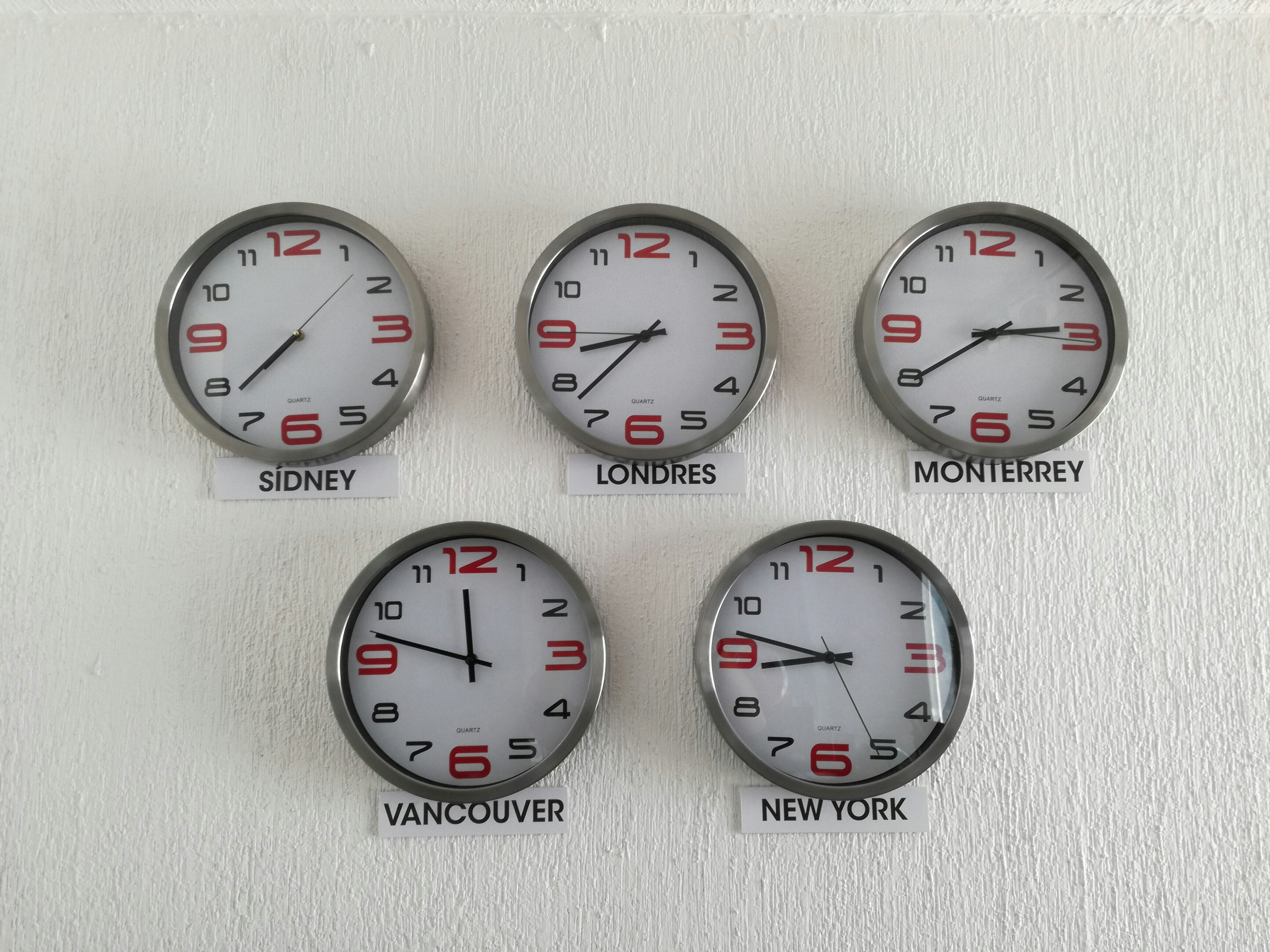Why infrastructure investment is key to ending poverty

Fifteen years from now, will you remember where you were when the UN General Assembly adopted the Sustainable Development Goals (SDGs)?
Friday, September 25, 2015 may not be one of those days that the general public will remark on, but it is a milestone in development history. The SDGs set a new and ambitious agenda that we at the World Bank Group, together with our partners, will work to achieve along with our own goals of ending poverty and boosting shared prosperity by 2030.
Achieving the SDGs will take a concerted commitment to invest in some of the poorest and most vulnerable countries around the world. A young girl going to school in rural Cambodia must have a safe road on which she can walk to school. The hospital in DRC needs electricity to ensure the safe and healthy delivery of a mother and her baby. And safe drinking water is critical to the livelihoods of farmers in Bangladesh.
Long-term finance has a fundamental role to play in generating higher growth and welfare. Without it, firms struggle to expand, households underinvest in their health and education, and economies miss out on critical infrastructure investments. However, our recent Global Financial Development Report on Long-Term Finance notes that long-term financing falls far short of the investment needs of developing countries.
This lack of financing exists even though many countries have introduced reforms to develop their domestic financial markets and have enjoyed increased access to international capital markets in the past decade. The gap is especially significant when it comes to infrastructure finance. As we noted at the Spring Meetings, we will need to move from “Billions to Trillions” to be able to finance our long-term goals.
A lack of infrastructure comes at an enormous economic and social cost. Over 1.1 billion people — almost 16% of the world’s population — still have no access to electricity. About 663 million people worldwide lack access to clean water, and 2.4 billion people do not have adequate sanitation. And one third of the world’s population is not served by an all-weather road.
Infrastructure is the backbone of any country, generating jobs, improving the quality of life for the poor and boosting economic growth. As I’ve blogged before, such investment is integral to poverty alleviation. While attending the World Infrastructure Summit in Barcelona this week, I heard many participants reinforce the message that we need global solutions to tackle this deficit. We must leverage both public and private sector funding to respond to the world’s immense infrastructure needs.
Multilateral development banks are uniquely placed to assist countries in closing the long-term financing gap. They can help identify areas of market failure and provide the necessary incentives to bring in the private sector.
The Bank Group is working with countries to identify weaknesses in the macroeconomic and investment environment that prevent private sector financing from flowing and can act as “an honest broker” between commercial interests and policy makers. We can provide the risk mitigation tools, such as guarantees, risk insurance, and blended finance, to make these kind of investments attractive.
That’s why the Global Infrastructure Facility (GIF) is so important. As a global, collaboration platform, it facilitates the preparation and structuring of complex infrastructure public-private partnerships (PPPs) to mobilize private sector and institutional investor capital and to help expand the pipeline of bankable projects. Eleven of the world’s largest asset management, pension and insurance funds, along with several commercial banks, altogether representing over $12 trillion in assets under management, will collaborate in this effort. The governments of Australia, Canada, China, Japan and Singapore, together with MDBs, including the Asian Development Bank, European Bank for Reconstruction and Development, European Investment Bank and the Inter-American Development Bank, are also on board.
This sort of innovative, long-term financing will enable the global community to achieve this ambitious development agenda. If we want to see significant change by 2030 – a more equitable world free of poverty – long-term finance for infrastructure is the right place to start.
This post first appeared on The World Bank’s Voices Blog. Publication does not imply endorsement of views by the World Economic Forum.
To keep up with the Agenda subscribe to our weekly newsletter.
Author: Bertrand Badré as Managing Director and World Bank Group Chief Financial Officer, is responsible for the financial and risk management strategies of the World Bank Group.
Image: Labourers work at a flyover undergoing construction. REUTERS/Krishnendu Halder.
Don't miss any update on this topic
Create a free account and access your personalized content collection with our latest publications and analyses.
License and Republishing
World Economic Forum articles may be republished in accordance with the Creative Commons Attribution-NonCommercial-NoDerivatives 4.0 International Public License, and in accordance with our Terms of Use.
The views expressed in this article are those of the author alone and not the World Economic Forum.
Stay up to date:
Infrastructure
Forum Stories newsletter
Bringing you weekly curated insights and analysis on the global issues that matter.
More on Economic GrowthSee all
Rishika Daryanani, Daniel Waring and Tarini Fernando
November 14, 2025







